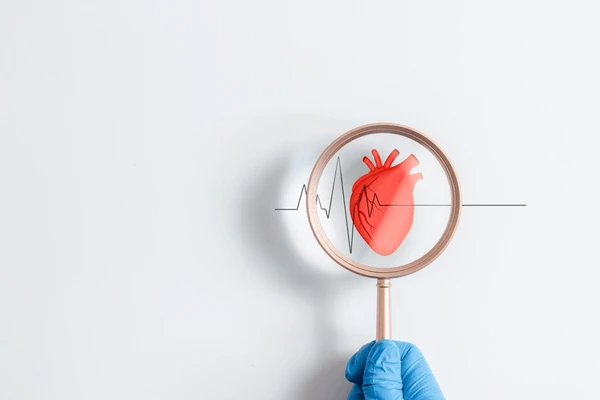Regular physical activity in adulthood significantly reduces the risk of premature death—by as much as 30–40%. Importantly, as shown by the latest analysis published in the British Journal of Sports Medicine, individuals who begin exercising later in life can also experience substantial health benefits. Regular exercise always pays off—regardless of age or initial fitness level.
A team of researchers led by Dr. Ruyi Yu from the University of Queensland in Brisbane, Australia, analyzed 85 studies involving adults whose physical activity levels were assessed at various stages of their lives. In total, the studies included anywhere from several hundred to more than 6.5 million participants.
The data collected through April 2024 allowed researchers to draw clear conclusions: maintaining the level of physical activity recommended by the World Health Organization significantly reduces the risk of death from any cause. Even more encouraging is the finding that even people who began exercising later and increased their activity levels still gained long-term benefits—their risk of death was 20–25% lower than that of inactive individuals.
The WHO recommends that adults engage in 2.5 to 5 hours of moderate physical activity per week or 1 hour and 15 minutes to 2.5 hours of vigorous activity. Researchers also noted that even below-recommended levels of activity bring noticeable health benefits, particularly in reducing the risk of cardiovascular disease. For cancer, the correlation was somewhat weaker, which scientists attribute to the limited number of studies focusing on this group of diseases.
The authors of the study point out that although some of the data relied on participants’ self-reported activity levels, the overall conclusion remains the same: it is better to start exercising late than not at all. Every step, walk, bike ride, or simple exercise is an investment in a longer and healthier life.
The conclusions of this study hold significant value for public health and may encourage positive lifestyle changes.
Source: Science in Poland








